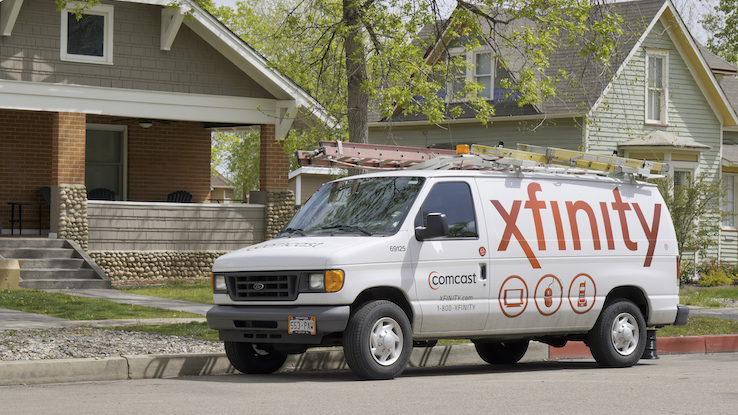Tips to Keep Family Safe When Using Xfinity Internet

The internet is helpful in so many ways, but that doesn’t mean it’s completely risk free. Cyberattacks happen, and sometimes personal data can end up in the wrong hands. You can do your part to keep your family safe online by providing them with proper education and age-appropriate guidelines, monitoring what they are doing online, and setting boundaries if necessary. Teach your children how to use online resources safely and responsibly, and help them create positive online identities that they can be proud of. By putting these tips into practice and keeping a close eye on your children’s online activity, you can improve your cybersecurity and teach helpful habits at the same time.
Be Aware of Their Digital Footprints and What They’re Sharing
There are many ways for kids to share information online. They can share photos, videos, and messages using email and social media platforms. Sometimes kids share personal information, like their address or phone number, with people they don’t know. Parents need to be aware of what their children are sharing online so they can teach them what is and isn’t safe to share. Younger children should always be supervised when they’re using the internet to ensure they’re viewing safe content and not interacting with strangers.
Kids need to understand the importance of not posting personal information online. For example, if a child is sharing their birthday party with friends on Facebook, they should not post the full event address in the comments section. Kids don’t always know not to do this, however, and it’s up to parents to ensure children aren’t oversharing.
Conversations about online safety can start when kids are young enough to understand digital devices and computers. By talking about online safety in a positive way, kids will be more likely to understand and follow rules about online behavior.
Set Boundaries and Have Conversations About Online Safety
Parents should set boundaries for their kids when it comes to online activity. For example, one boundary could be that a child may not be allowed to use the internet at home during certain hours of the day or when their parents aren’t home. Parents should also set rules about what websites and applications the child is allowed to use. If necessary, you can use parental control apps and software to keep your child from accessing certain websites and games.
When it comes to keeping your children safe online, setting boundaries is key. You want to make sure that your children know exactly what is and isn’t allowed, without them feeling frustrated or like they’re being restricted. Start by teaching them about safe online habits at a young age. This will help them understand the risks of online interactions and keep them safe in the future. Additionally, be sure to have conversations about online safety with your children. Discussing the risks and benefits of using the internet can help them make informed decisions as they get older and start using the internet with less supervision. Lastly, keep electronic devices out of reach of young children if you’re unable to supervise them. This can help keep them from accessing dangerous websites and/or downloading harmful content.
Make Sure Your Computer and Devices Are Safe and Secure
There are a few simple things you can do to keep your computer and devices safe. Make sure your computer is up to date, keep your browser history clean, and install antivirus and security software programs. By doing these things, you can help keep your family safe and secure online.
Keep your children safe online with these simple tips. Be aware of their digital footprints and what they’re sharing, set boundaries and have conversations about online safety, and make sure your computer and devices are safe and secure. Although these steps can take time, they’re essential for maintaining safety.
This text was generated using a large language model, and select text has been reviewed and moderated for purposes such as readability.





